How do you know if your theory of change is useful?
The theory of change model has become increasingly well-known in the last decade as a useful tool for helping prosocial organisations think through and map out the outcomes their programme aims to achieve, and how its activities lead to those changes.
However, as with many ideas like this, the transition from niche tool to popular usage has led to a loss of clarity on what the daily value of a theory of change is, and what actually makes theory of change serve organisational purposes.
As strong advocates for potential benefits of theory of change models, we’ve come up with four simple checks that you can ask of a theory of change you may have, to assess if it is useful or if (ironically) it is an output that if not delivering its potential outcomes.
Check #1 - Are you confident to use it to show others how you aim to create sustained change?
The first most basic check on any theory of change is whether you like it or not! If it was developed as part of an evaluation or a funding bid, but has rarely seen the light of day since, then that probably suggests you don’t think it’s especially helpful!
A useful theory of change is in a format you are excited to share with internal and external audiences, with content that you believe is persuasive, and with a uniqueness that shows off who you are and why your approach is one that has a good chance of working. A useful theory of change captures the heart of your organisational or project story, and leaps off the page.
Check #2: Can you use it to drive strategic decisions?
The second check on your theory of change is to what extent it syncs up with your organisational strategy. Organisational strategy is much wider than how you create impact (it will include operational strategy, income generation strategy, people strategy, growth strategy etc.) but it shouldn’t ever be less than your best thinking of how to create impact.
So a useful theory of change is an invaluable tool to help guide wider strategic decisions around questions like: what does success look like in this next phase? Of all the new potential activities we could do, which most align to our theory of change? Which activities are we confident are the best use of our resources?
A theory of change able to help answer these questions has a high level of clarity not just on short and long-term outcomes, but also questions of causes of the status quo, types of people to be supported, and factors that will make activities effective.
Check #3: Can you use it to identify key risks to your organisation delivering outcomes?
The third check on your theory of change is whether you can use it to identify critical risks to your organisation and its activities delivering the change you seek. Many, if not all, prosocial organisations will have a risk register at the highest level of its governance. However in many causes these risks will be limited to risks around organisational sustainability, legal compliance, and external reputation. These are all important risks to manage but what of the ultimate existential risk that you don’t create the missional change you seek?
A useful theory of change is one that is sufficiently detailed, thought through and communicated across the organisation to be able to identify the major risks to it not working. Perhaps one of the quickest ways for an organisation to increase their likely impact is to no longer assume impact will happen, but instead use their approach to theory of change to raise the management of risk of low impact alongside the risk of structural failure.
Check #4 - Can you use it to identify key performance metrics of delivery, quality and outcomes?
The fourth and final check of your theory of change is how synced up it is with your organisational performance metrics. Are you able to use your theory of change to identify metrics of success all the way along the process of change? This includes both the lead indicators that might happen before outcomes occur, and the lag indicators that might be the outcomes themselves.
A useful theory of change will be specific enough to allow you to identify metrics of a whole range of types, including demographic measures, activity information, delivery quality measures, and outcome measures.
How you might go about collecting evidence against some of these will depend on the size and capacity of your organisation, however as and when you do, you will be able to align them back to your theory of change to find out if you are delivering on it or not, and whether it is working as you’d planned or not.
Summary
So those are our four simple checks that we’d recommend you ask about any existing theory of change you may have, and all four hold true whether at an organisational theory of change or a project specific theory of change.
If you can answer ‘yes’ to most of them then well done! However if this helped you realise that there is far more use you can get out of your theory of change, then we’d invite you to look again at what you’ve done.
At Eido - based on the experience that informed this checklist - we’ve created our own theory of change model that attempts to facilitate these four checks, called the Impact Strategy Model. If you’d like to talk to us about how we might help you realise the benefits of a theory of change model for your organisation, then we’d love to hear from you.
Eido Research exists to help Christian organisations measure and improve their social and spiritual impact. We do this through impact strategy and research services.



